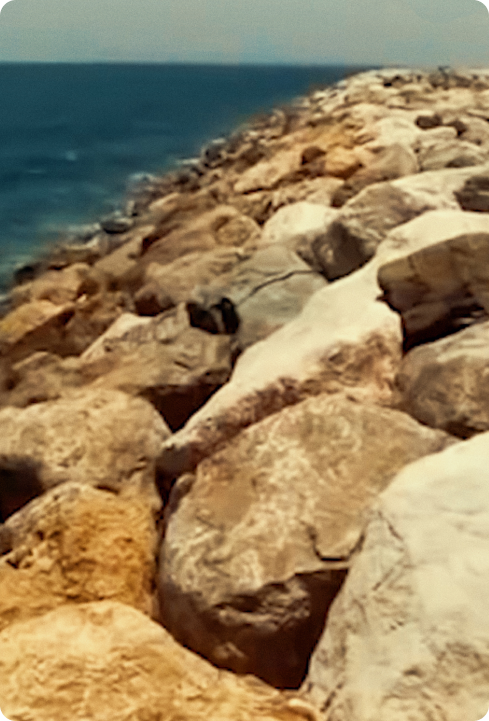

Once complete, Palm Jumeirah would double the length of Dubai’s beachfront. While its 16 fronds would provide extensive private beaches for holiday makers and residents, they were also long and narrow. To provide maximum protection to the island, the 11 km protective breakwater was designed as a solid structure.
The solid breakwater design together with the narrow fronds meant the water did not circulate around the island effectively. The breakwater worked too well at trapping the sea water inside.